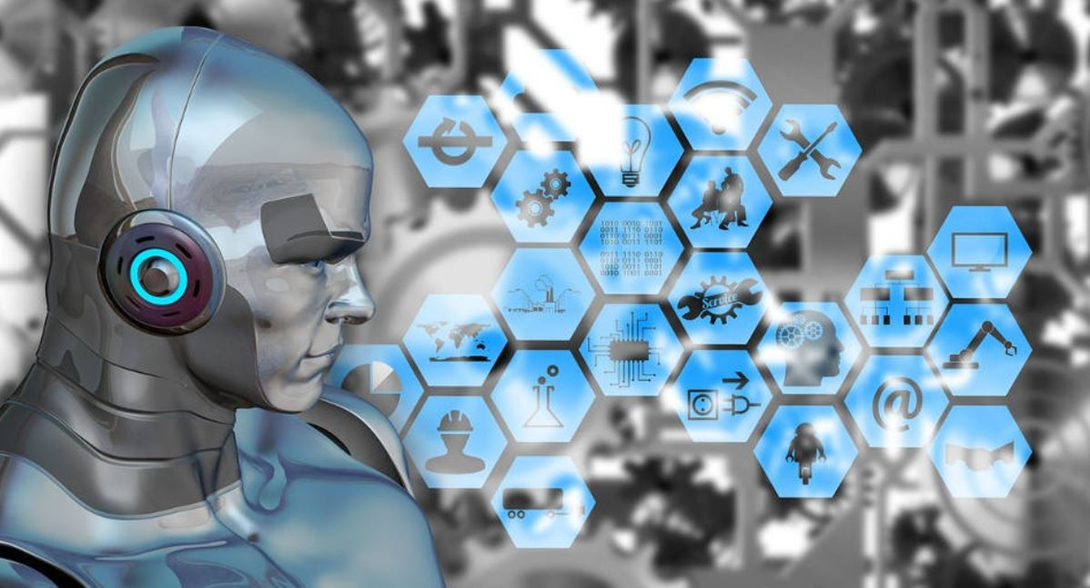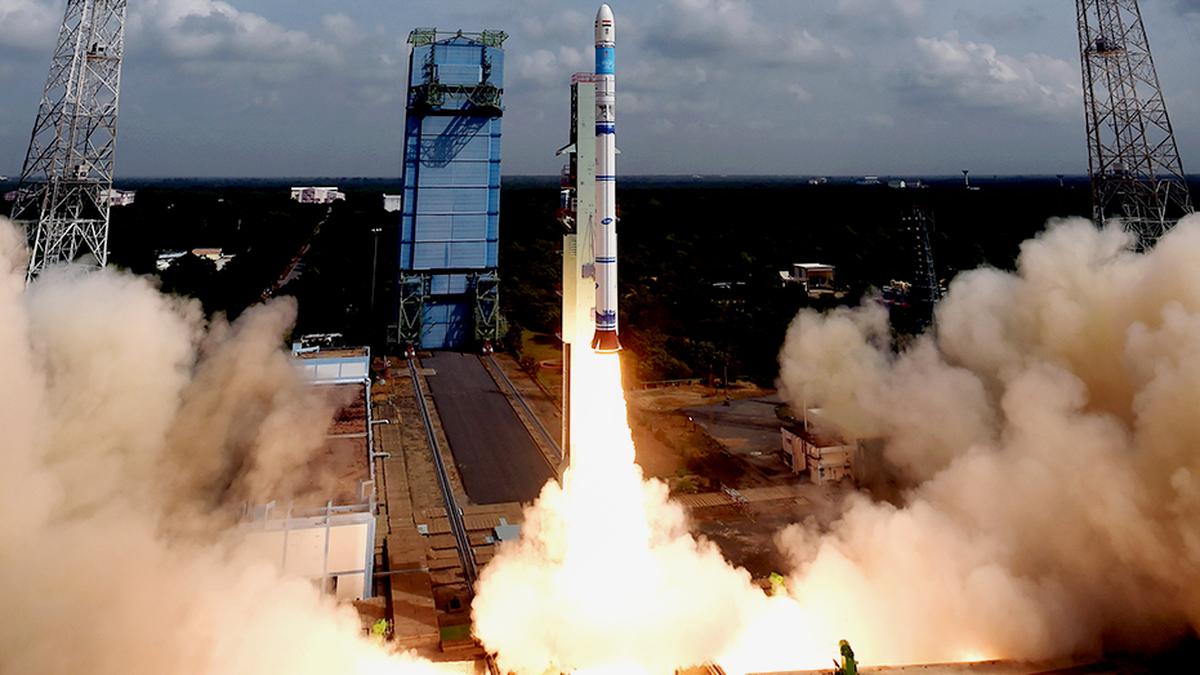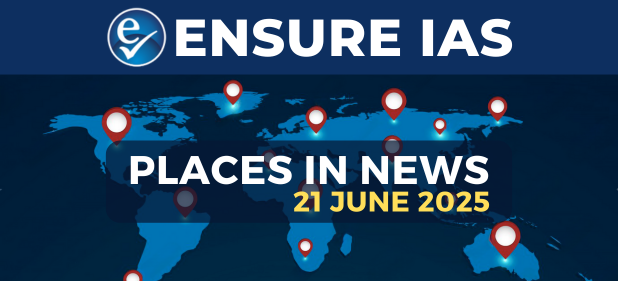- Courses
- GS Full Course 1 Year
- GS Full Course 2 Year
- GS Full Course 3 Year
- GS Full Course Till Selection
- Answer Alpha: Mains 2025 Mentorship
- MEP (Mains Enrichment Programme) Data, Facts
- Essay Target – 150+ Marks
- Online Program
- GS Recorded Course
- Polity
- Geography
- Economy
- Ancient, Medieval and Art & Culture AMAC
- Modern India, Post Independence & World History
- Environment
- Governance
- Science & Technology
- International Relations and Internal Security
- Disaster Management
- Ethics
- NCERT Current Affairs
- Indian Society and Social Issue
- NCERT- Science and Technology
- NCERT - Geography
- NCERT - Ancient History
- NCERT- World History
- NCERT Modern History
- CSAT
- 5 LAYERED ARJUNA Mentorship
- Public Administration Optional
- ABOUT US
- OUR TOPPERS
- TEST SERIES
- FREE STUDY MATERIAL
- VIDEOS
- CONTACT US
India’s Research and Development Landscape
India’s Research and Development Landscape
16-08-2024

India’s R&D sector is experiencing notable changes with the introduction of the Rashtriya Vigyan Puraskar (RVP), aimed at replacing the Shanti Swarup Bhatnagar (SSB) awards.
- This shift reflects a broader attempt to elevate the recognition of scientific achievements in India.
- However, while awards and honors are important, the focus must also shift towards addressing deeper systemic issues such as funding, infrastructure, and support mechanisms.
Recent Major R&D Achievements in Science and Technology
-
Biotechnology:
- Covaxin: Developed by Bharat Biotech in partnership with ICMR, Covaxin was a major achievement during the COVID-19 pandemic, highlighting India's capability in vaccine R&D. The development and large-scale production were significant not just for domestic needs but also for global vaccine supply through Vaccine Maitri.
- Vaccine Maitri: India's initiative to provide vaccines to several countries, showcasing its role in international public health.
-
Renewable Energy:
- Solar Power: Achievements include record-low solar power costs and innovations like the Kayamkulam Floating Solar Power Plant in Kerala, which exemplify India's progress in solar energy technology.
- Green Hydrogen: Research focuses on green hydrogen as a clean energy source, aiming to support India's goal of achieving net-zero emissions by 2070.
-
Agriculture:
- High-Yield Varieties: The Indian Council of Agricultural Research has developed 109 high-yielding, climate-resilient crop varieties, crucial for addressing food security and adapting to climate change.
-
5G and 6G Technology:
- 5G NSA Core: Developed by the Centre for Development of Telematics (C-DOT), marking a significant step towards self-reliance in telecommunications technology.
- 6G Research: Nokia's 6G Lab in Bangalore and the Digital Communications Innovation Square (DCIS) Scheme are paving the way for next-generation wireless technologies.
-
Space Exploration:
- Chandrayaan-3: India's successful lunar landing on the Moon’s south pole in August 2023. This mission not only demonstrated India's advanced space exploration capabilities but also set the stage for future lunar missions and potential resource utilization.
-
Quantum Technology:
- National Quantum Mission: The establishment of the I-Hub Quantum Technology Foundation at IISER Pune aims to drive research in quantum computing, quantum communication, and quantum sensors.
-
Supercomputing:
- PARAM Siddhi-AI: One of the world's most powerful supercomputers, used for AI research, scientific simulations, and big data analytics. The National Supercomputing Mission has led to the installation of high-performance computing systems across various institutions.
-
Genomics:
- GenomeIndia Project: Aims to sequence 10,000 Indian genomes, creating a reference database that will enhance personalized medicine and understanding of genetic diversity.
- INSACOG: Played a crucial role in sequencing SARS-CoV-2 genomes, helping track mutations and variants.
-
Nanotechnology:
- IFFCO Nano Urea: The world’s first nanofertilizer, representing a significant innovation in agricultural technology.
- Novel Hydrogel: Designed by IISc Bangalore to remove microplastics from water, showcasing advancements in environmental technology.
-
Robotics and Automation:
- Polycentric Prosthetic Knee ("Kadam"): Developed by IIT Madras, this prosthetic knee represents a major advancement in healthcare robotics.
Challenges Facing India’s R&D Sector
-
Funding Famine:
- Low Investment: As of 2021, India's R&D expenditure was 0.7% of GDP, well below the global average of 1.8% and significantly lower than leading countries like Israel (4.9%) and South Korea (4.6%).
- Private Sector Contribution: At about 37% of total R&D expenditure, much lower than the global average where business enterprises contribute over 65%.
-
Brain Drain:
- Loss of Talent: A significant number of Indian scientists and researchers move abroad for better opportunities. A report indicates that approximately 87% of Indian STEM PhD graduates in the US between 2000 and 2015 remained there.
-
Bureaucratic Bottlenecks:
- Red Tape: Complicated and lengthy processes in procurement and fund management hinder research progress. For example, importing specialized scientific equipment takes significantly longer compared to developed countries.
-
Disconnected Curricula and Industry Needs:
- Mismatch: Academic curricula often do not align with industry needs, leading to a gap between education and practical research skills. The Economic Survey 2023-24 highlighted that many graduates are not immediately employable.
-
Publish or Perish Culture:
- Quality vs. Quantity: Although India is a leading publisher of research papers, it lags in citations and impact. This suggests a focus on quantity rather than the quality and impact of research.
-
Gender Gap in STEM:
- Underrepresentation: Women make up only 35% of STEM students in higher education, with even fewer in research leadership roles. This disparity limits diverse perspectives and potential talent.
-
Intellectual Property Issues:
- Patent Output: India filed 58,503 patent applications in 2020–2021, lower compared to China and the US. The low patent grant rate reflects gaps in applied research and commercialization.
-
Interdisciplinary Divide:
- Siloed Research: Research often suffers from a lack of interdisciplinary collaboration, which is crucial for solving complex challenges in emerging fields.
Recommendations for Enhancing India’s R&D Capabilities
- Increase Funding:
- Public R&D Spending: Raise to 2% of GDP.
- Tax Incentives: Provide for private companies investing in R&D.
- National Research Foundation: Fund high-risk, high-reward projects.
- Sovereign Innovation Fund: Support startups and research-intensive SMEs.
- Attract Talent:
- Reverse Brain Drain: Offer competitive salaries and research grants to attract scientists from abroad.
- Flexi-Return Policy: Allow researchers to split time between Indian and foreign institutions.
- Global Indian Scientist Network: Facilitate collaborations and knowledge transfer.
- Bridge Industry-Academia Gaps:
- CSR Funds: Allocate 2% for joint research projects.
- Innovation Clusters: Create sector-specific clusters integrating industry, academia, and startups.
- Researcher-in-Residence: Facilitate faculty exchanges between academia and industry.
- Improve Quality of Research:
- Research Integrity Office: Monitor and promote ethical practices.
- Tiered Journal Ranking: Incentivize high-impact publications.
- Mentorship Programs: Pair early-career researchers with experienced scientists.
- Promote Gender Diversity:
- Women in STEM Scholarships: Support female researchers.
- Gender-Sensitive Policies: Extend maternity leave and provide childcare support.
- STEM Outreach Centers: Establish in rural and semi-urban areas.
- Foster Innovation:
- Technology Business Incubators: Focus on deep-tech startups.
- Lab to Market Grants: Fund commercialization of research outcomes.
- National IP Bank: Facilitate patent licensing.
- Innovation Challenges: Offer prizes for solving national problems.
- Enhance Global Collaboration:
- Joint Research Centers: With top global universities in key areas.
- International Research Fellowships: Fund Indian researchers for overseas projects.
- Global Science Diplomacy: Forge research partnerships aligned with foreign policy objectives.
- Fast-Track Visas: For international researchers coming to India.
- Upgrade Infrastructure:
- Research Infrastructure Modernization: Establish facilities in frontier areas.
- National Research Cloud Computing: Provide accessible cloud computing for researchers.
- Shared Equipment Program: Optimize use of high-end scientific instruments.
- Encourage Interdisciplinary Research:
- Centers of Interdisciplinary Research Excellence: Focus on complex challenges.
- Discipline Hopping Fellowships: Allow researchers to explore fields outside their primary expertise.
- Interdisciplinary PhD Programs: Combine STEM (Science, Technology, Engineering and Mathematics) with humanities and social sciences.
- Convergence Research Grants: Support projects spanning multiple disciplines.
By addressing these recommendations, India can significantly enhance its R&D capabilities, fostering innovation and positioning itself as a global leader in scientific research and technological advancements.
Must Check: Best IAS Coaching In Delhi
UPSC Prelims Result 2024 Out: Expected Cut Off & Other Details, UPSC Prelims 2024 Answer with Explanation, Daily Prelims Quiz, Daily Current Affairs, MONTHLY CURRENT AFFAIRS TOTAL (CAT) MAGAZINE, Best IAS Coaching Institute in Karol Bagh, Best IAS Coaching Institute in Delhi, Daily Mains Question Answer Practice, ENSURE IAS UPSC Toppers, UPSC Toppers Marksheet, Previous Year Interview Questions, UPSC Syllabus




